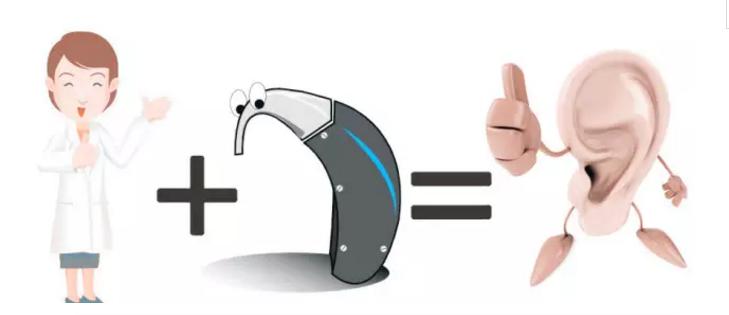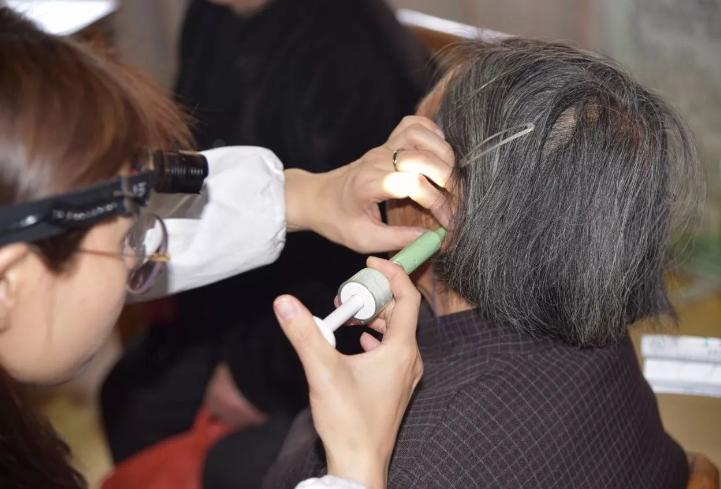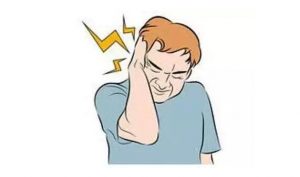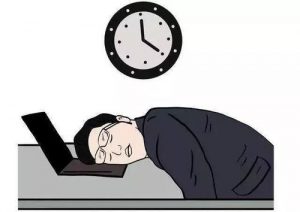In the hearing aid industry, there is a widespread saying: “Three-point hearing aids, seven points rely on fitting.” It can be seen that the fitting process of the hearing aid is very important. It is a high-precision electronic product that has to undergo a step-by-step professional fitting process to finally allow the hearing loss patient to regain new sound.
Below, let’s take a step by step to explain the hearing aid fitting process~

The first step: ask for medical history, create a file
When the patient enters the store, they must first communicate with the patient in a friendly and friendly manner, record the user’s name, gender, age, birthday, address, date, contact number and other basic information, and then start asking for medical history. Medical history enquiries include:
1) Hearing history: including the time, side, degree, volatility, etc. of deafness;
2) History of otology: including previous infections in the ear, pus, pain, surgery, etc.;
3) Family history of deafness: including whether the family has deafness members, kinship with the patient, etc.;
4) History of tinnitus and vertigo: including the relationship between appearance, disappearance, nature and hearing;
5) History of noise exposure: including exposure time, type, etc.;
6) History of exposure to ototoxic drugs: including age, method, duration of administration;
7) History of hearing aid wear: including age, time, type, effect, and source of choice.

Second, otoscopy
The patient was visually observed for the presence or absence of external ear malformation and external auditory canal atresia, and then the external auditory canal and the middle ear were observed using an electric otoscope. Focus on the presence or absence of redness in the external auditory canal, inflammation in the middle ear, pus discharge, running water, perforation of the tympanic membrane. (Note: patients with contraindications for hearing aids can be excluded by asking for medical history and otoscopy)

Third, pure tone audiometry
Use a calibrated audiometer to test the patient’s binaural air conduction, bone conduction, discomfort threshold and other thresholds in an international standard soundproof room and record the test results. Then explain the test results to the patient quantitatively, qualitatively and locatingly.

Fourth, audition hearing aid
According to the patient’s hearing and psychological price, the patient is auditioned with two or three different hearing aids, and then the hearing aid is debugged according to the patient’s subjective response for the patient to experience. Then let the patient choose the most satisfactory hearing aid.

V. Evaluation of the effect after hearing aid
The patient is subjected to sound field assessment, speech audiometry, and real ear analysis to verify the hearing aid effect of the hearing aid, and then explain the test results to the patient.

Sixth, determine the model, take the ear sample, order the ear mold / custom machine shell
If the patient determines that the ear strap is selected and the hearing is not very heavy, then the ear sample is not needed; if the patient chooses the ear back machine and the hearing is very serious, the ear mold needs to be taken to make the ear mold; if the patient selects the custom machine, then Need to take the ear sample to customize the shell.

Seven: fill in the order, order the machine
Fill in relevant orders such as hearing aids according to the actual situation. After the machine arrives, first check the hearing aid for quality problems, make sure there are no quality problems, and take the patient through the machine.

Eight, take the machine
When the patient comes to take the machine, the hearing aid should be fine-tuned, and the patient should be subjected to sound field assessment, speech audiometry, and real ear analysis to verify the hearing aid effect. The hearing aid is fine-tuned according to the test result and the patient’s subjective response, and then the debugging result is saved. And give the patient a detailed description of how to wear hearing aids, hearing aid maintenance, battery replacement, adaptation planning, regular store maintenance and other basic knowledge.

Nine, follow-up
After three days, call to ask if the patient will wear a hearing aid, whether to change the battery and other basic knowledge;
After a week, call the patient to adjust to the situation;
One month later, the patient was asked whether the patient fully adapted to the hearing aid, whether there was any other uncomfortable place to wear, and told that the uncomfortable wearing can be debugged at any time, and the hearing aid should be regularly put into the store for maintenance;
After that, I will visit once every three months. (Note: Detailed records should be made for each return visit)

The above is a complete hearing aid fitting process, I hope to help everyone.

Jinghao medical Hearing Reminder: Hearing aids need to be professionally “fitted”. It is very important to choose a professional hearing aid fitting center and hearing aid fittings. You can have any hearing problems with your hearing friends, or you can call the Jinghao medical. Come to the fitting center experience. Hearing aid free consultation phone: +86-18566295705
Click to browse the Jinghao medical hearing aids network Taobao Mall:https://tinggongchangylqx.tmall.com/index.htm?spm=a1z10.1-b.w5002-15520767995.2.35237b95BUkJi8

Pay attention to the WeChat public number of the Jinghao medical hearing aids and learn more about hearing information.
Link:Hearing aid fitting nine steps - easy to understand the hearing aid fitting process
REF: Hearing Aids, Bluetooth Hearing Aids, Hearing Aids TypesThe article comes from the Internet. If there is any infringement, please contact [email protected] to delete it.



